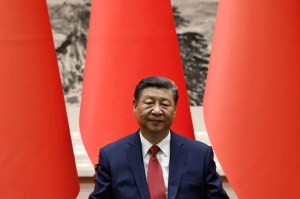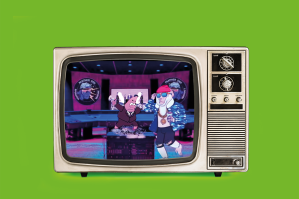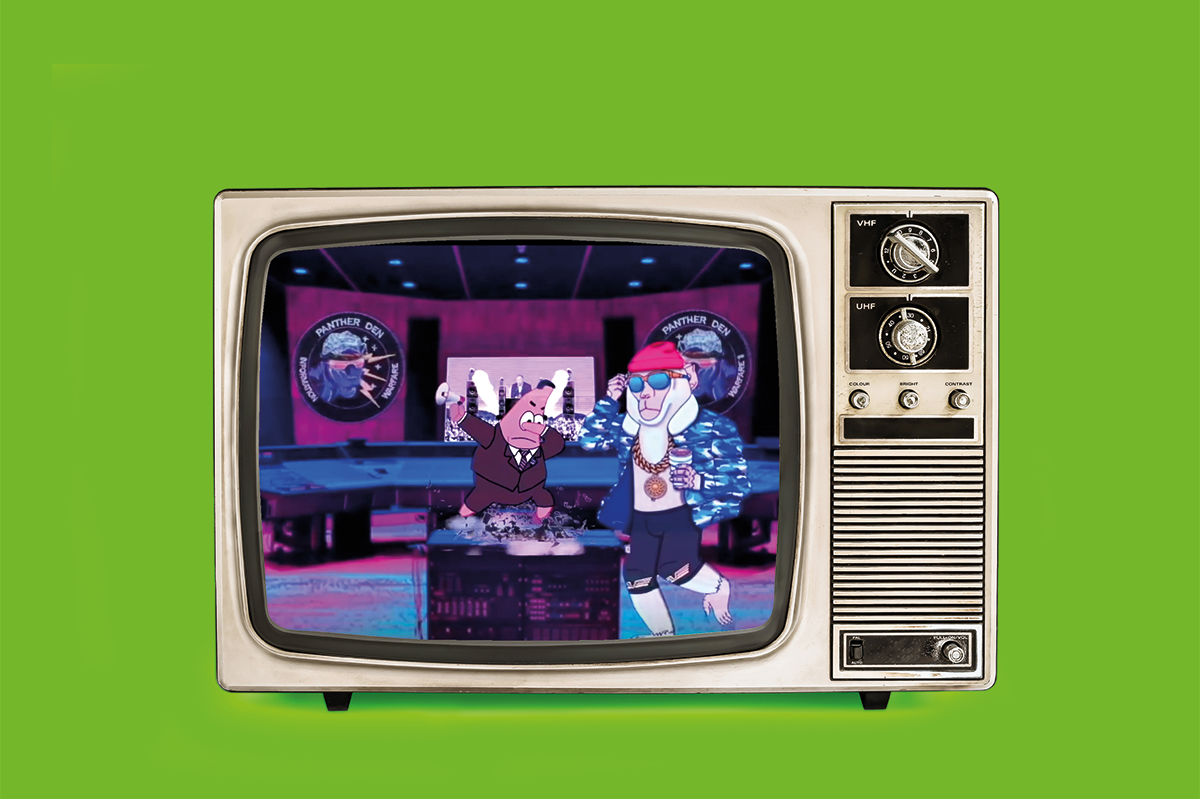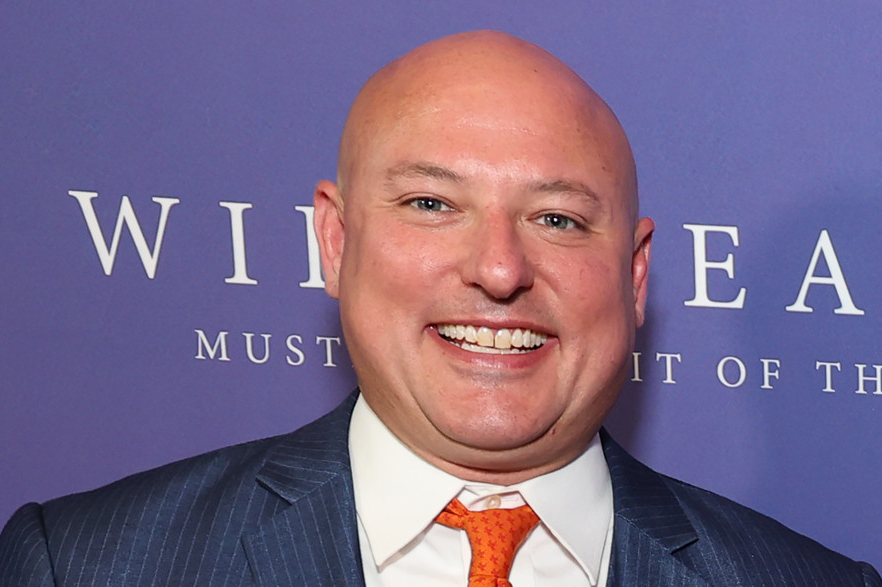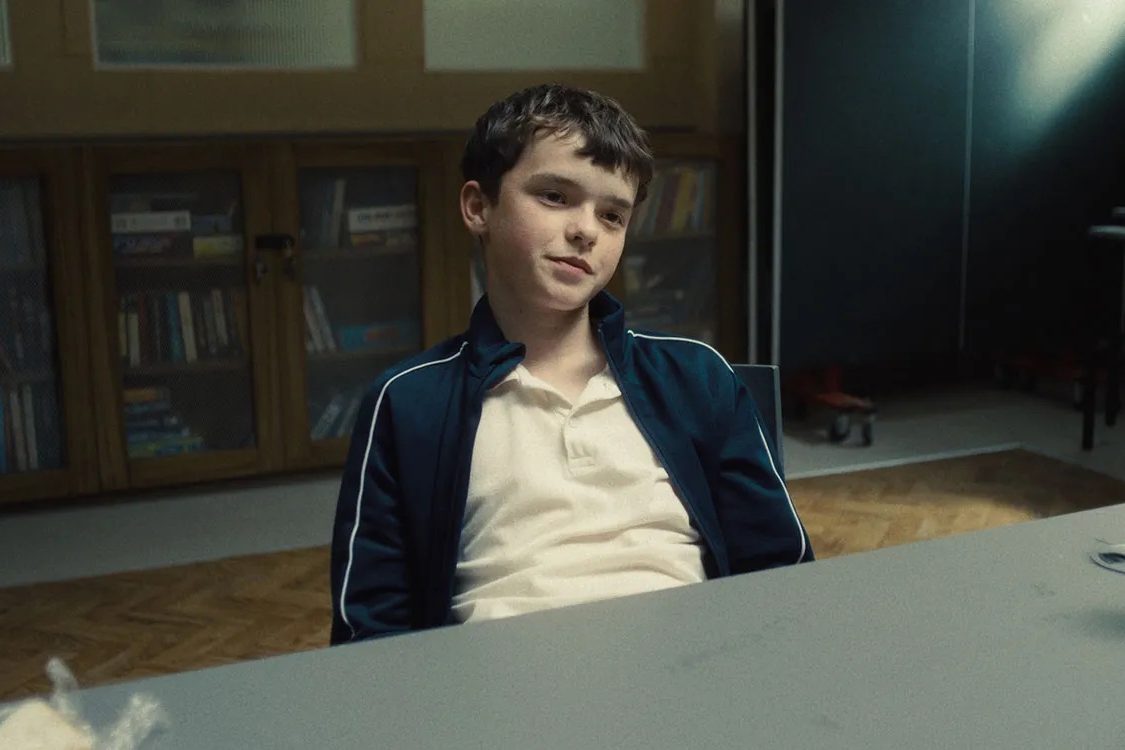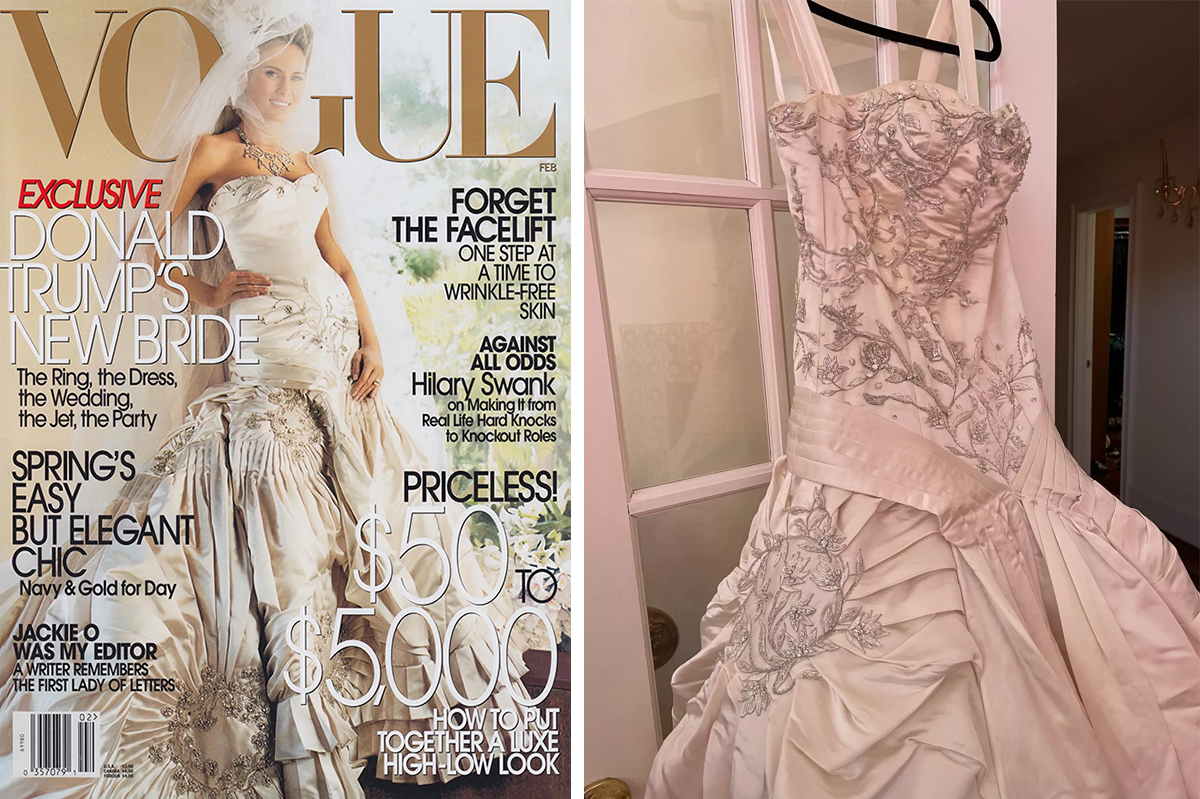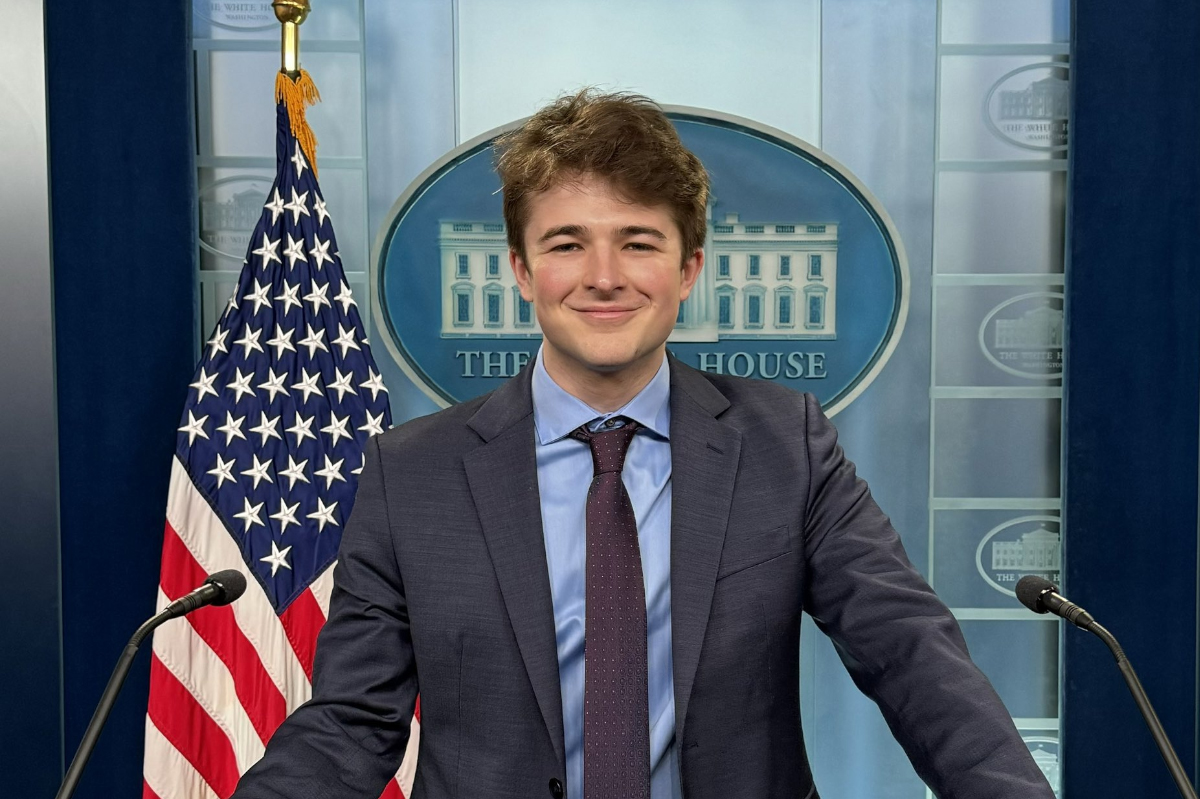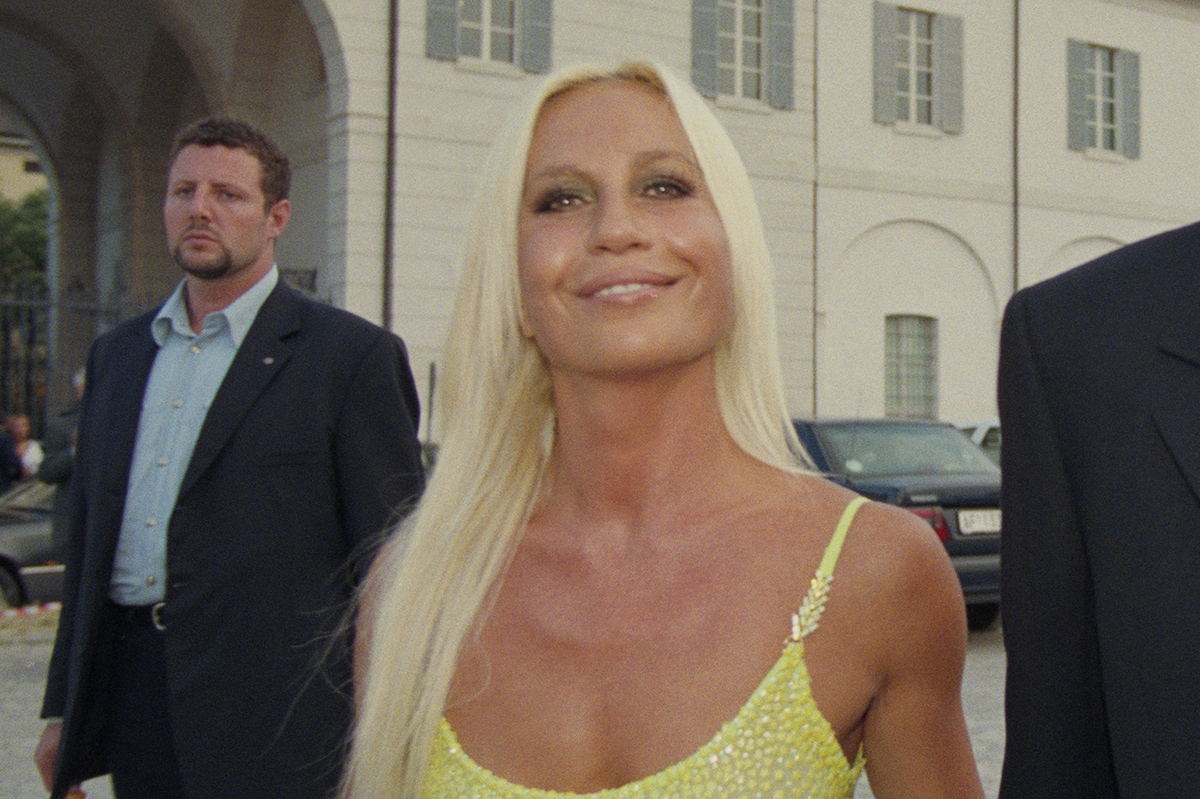There are plenty of reasons to despise TikTok, the most downloaded app in the world and certainly the most popular among teen girls and young women. It poses a national security threat to the US due to its connection to the Chinese Communist Party, which uses it as both spyware and a means of socially engineering our youth. In a previous edition of this newsletter, I discussed the devastating effects that social media use can have on young women, from screen addiction to body image issues and deeper mental health problems.
Photo and video-based apps such as TikTok and Instagram provide young women with more reasons to hate themselves than ever before. Seemingly perfect bodies are not relegated to the supermodels you see occasionally in magazines; every girl fed through your algorithm has one. Gone are the days of horror posts about celebrity nip-tucks gone wrong and plastic surgery shaming; the “it girl” who goes to your college has a boob job and lip fillers and gets “preventative” Botox — and her millions of followers only tell her in the comments how amazing she looks and ask how they can get the same procedures. Everyone on TikTok has a better work-from-home setup, a healthier lunch, a longer and more luxurious skincare routine, even a better water bottle (Stanleys were the hot commodity, but influencers seem to be souring on the clunky design).
When I was young, my friends and I found trends through monthly teen magazines, seasonal clothing catalogs, tabloid covers we saw at the supermarket, storefronts at the mall or commercials on TV. Millennials love to complain about how the media’s obsession with being stick-thin in the 2000s gave them severe body dysmorphia, but I just can’t imagine how much worse it would be growing up with modern social media. Mass media now is supplanted by something even more sinister: advertisements designed to look and behave like entertainment that are interactive and accessible at all times.
As a result, trends move faster than ever. Consider the news cycle, which is no longer determined by daily or weekly print newspapers, but by breaking news posted to Twitter (sorry, X) in an instant. Social media is doing the same thing with hair, makeup, clothing, fitness and everything else that seems vastly important to young woman wanting to fit in with their peers (who are now actually random people on the internet). Influencers need to be constantly posting to drive engagement from their followers and to earn revenue from product sponsorships and affiliate links. The next trend is really just an easy money-making opportunity.
Nowhere is this more obvious than in the fashion realm. Just this summer, TikTok has cycled through at least half a dozen different hot aesthetics: coastal cowgirl, Barbiecore (popularized by the Barbie movie, of course), balletcore, Y2K, biker core and quiet luxury, to name a few. How is anyone supposed to keep up?
The answer, of course, is that you’re not. The whole point is to keep buying.
Staying reasonably in fashion was hard enough when your wardrobe refresh consisted of a few trips a year to Kohl’s and JCPenney during their back to school and Black Friday sales. But at least then the knockoff looks you purchased would remain in style for a few months and were of relatively good quality. Now, with a new aesthetic dropping weekly, if not daily, young shoppers with thin pockets rely on “fast fashion” websites with expedited delivery. Clothing retailers like Shein and FashionNova offer all kinds of trendy pieces for less than $10 a pop. That is, if you don’t mind that your halter-top is likely to unravel in the wash after two wears.
That hardly matters though if you’re only wearing the article for a singular Instagram post or TikTok video to prove you’ve got the goods. Even though young women nowadays are one of the most liberal demographics ever, they seem to have no problem with piling up landfills with discarded clothing or buying the bulk of their wardrobe from companies known for sweatshop-like conditions. Shein, a Chinese retailer which adds nearly 10,000 new products to its website daily, reportedly pays workers approximately $556 a month to make 500 items per day, garnishes wages if employees make a mistake on an item of clothing and operates factories in exhausting and dangerous conditions. Some Shein factories have been cited for underage labor.
Earlier this year, Shein tried to rehabilitate its image in the US by offering tours of its headquarters to influencers, who took the bait. The influencers posted videos glowing about the futuristic-looking building and technology and insisting that all of the employees there raved about their working conditions. Of course, Shein didn’t offer access to the factories where the bulk of the clothing is made — and the influencers faced a lot of backlash for their ignorance. On the flip side, though, the human rights offenses perpetuated by fast fashion retailers have become something of a running joke among the online fashion girlies. A new genre of video shows TikTok influencers unboxing their Shein orders, discovering a note from a sweatshop worker begging for help and tossing it in the trash, unbothered. The message? Their clothes are more important than their ethics.
It’s not wholly reasonable to expect young people to research the brands they’re purchasing from, especially when they’re on a budget. It’s something of a privilege to be able to be choosy about where you shop. That being said, studies show that people who prioritize consumption over saving are less happy — and self-restraint is a good value to practice. There’s a quite nice corner of TikTok and Instagram where young women give tips for finding cool clothes at secondhand stores or teach each other how to alter thrifted items. Even these can become rife with negativity from the fast fashion monsters, though, who insist products at thrift stores should be reserved for only the most desperately needy.
What’s really a shame about the TikTok-driven fashion industry is that it has become so boring. Influencers might be pretty, but they’re not usually that creative — so most of the trends are recycled from long-running fashion aesthetics or prior decades. “Quiet luxury,” for example, became popular after Sofia Richie wore minimalistic and understated but perfectly-tailored, expensive pieces during her wedding weekend. That style, of course, has been in vogue among the old money ultra-rich for decades and doesn’t appear to be much different from “Vanilla Girl” or “Clean Girl” TikTok trends. Or take “dark” and “light academia” and “plazacore,” which will just remind any millennial of their headband and pleated skirt Blair Waldorf phase (or their Catholic school uniforms).
These constantly evolving fads might actually be quite interesting if the TikTok girls were mixing and matching them to develop their own personal style. Instead, everyone on the app seems to be racing to keep up with the latest, coolest identity. Remember when a new kid would move to your school and they were always dressed kind of funny? Peer groups used to be almost as important as the media in determining what was cool to wear. Regional differences in style were ever apparent. When everyone is chasing global, online trends, they all end up looking the same. What’s cool about that?
TikTok trends are ruining fashion
How the social media app is fueling low-quality, boring trends
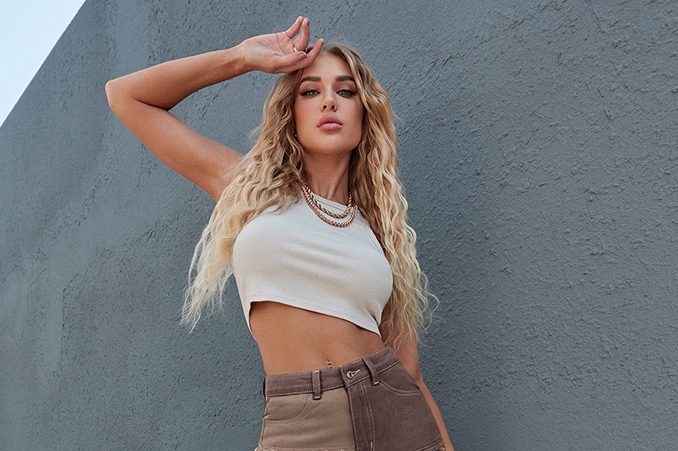
Shein Instagram screenshot
There are plenty of reasons to despise TikTok, the most downloaded app in the world and certainly the most popular among teen girls and young women. It poses a national security threat to the US due to its connection to the Chinese Communist Party, which uses it as both spyware and a means of socially engineering our youth. In a previous edition of this newsletter, I discussed the devastating effects that social media use can have on young women, from screen addiction to body image issues and deeper mental health problems.Photo and video-based apps such as…
Comments
Share
Text
Text Size
Small
Medium
Large
Line Spacing
Small
Normal
Large









